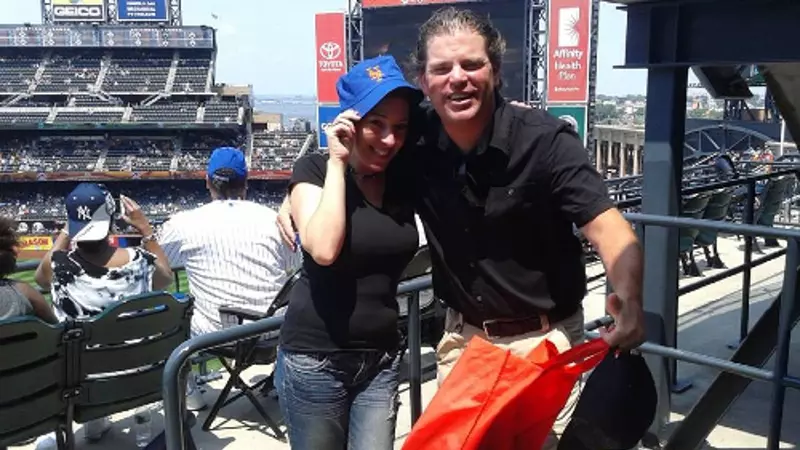Posted: November 23, 2015

Concussions are by far the most frustrating and scariest injury I have witnessed as a parent. As a healthcare professional I am passionate about educating athletes and their families concerning minimizing risk and maximizing recovery. While there are many parts to the concussion recovery process, for us the return to school with protracted recovery was often the most stressful and energy intensive.
I was very fortunate in the return to school arena of concussion management as my children had an advocate in the high school who listened to my concerns, was willing to ask questions and provided support. This doesn’t mean it was easy. At the time, the knowledge and protocols on return to school and concussion recovery were not as available as they are now. Most of the teachers were very cooperative and wanted to help but were not sure how to approach the problems we faced. To them my student looked healthy; they were laughing at their locker with their friends and chatting in the halls. Why could they not get their homework done or take a quiz? Why did they put their head down in class?

I learned that after some rest time at home, my teenagers had to be back in school even though they were not ready to focus and learn. There were advantages to being in that environment without the academic demands. They needed the social interaction, exposure to the material, the normalization of their life.
I encourage parents to have a constantly evolving return to learn plan. Follow the recommendations of your healthcare provider and keep the school nurse in the loop. They can be a vital member of the recovery team. Every child and every concussion is different. Some students never miss a beat with their academics but many others struggle, so you need to be ready for a challenge. Gradual reintroduction worked best in most cases for my children. Ask that they be allowed to take frequent breaks with permission to leave the classroom and to attend classes without having to take tests. When they can take tests, they might need extra time because of the challenge of focusing. When necessary, work with the healthcare provider and school to get accommodations.

For a student who is struggling it can be a balancing act. Increasing homework time may decrease their tolerance for being in school. Have them attend partial days without tests. Choose classes intentionally. Does your child do better in the mornings but have headaches in the afternoons? Do they need to attend math every day, as that is a subject that builds on its content? Can they skip the current book the English class is reading now and make it up later when they feel better? Maybe they can handle the English and history, but math is too much and needs to be put aside to be tackled with a tutor and extra time later in the recovery process.
My recommendations: work with your healthcare provider and the school staff. Be on the same team. Prioritize. Ask questions. Be creative with solutions. Most importantly, observe and listen to your child. Watch for signs of frustration, fatigue, and headaches. Listen to them for clues on what triggers physical symptoms as well as looking for signs of social isolation and depression.

To see my normally active, happy children struggle with the challenges of concussion and extended recovery processes was a tormenting challenge. Creating a plan and building a team helped tremendously. We survived by celebrating the little successes, dealing with the setbacks, and counting our blessings.

